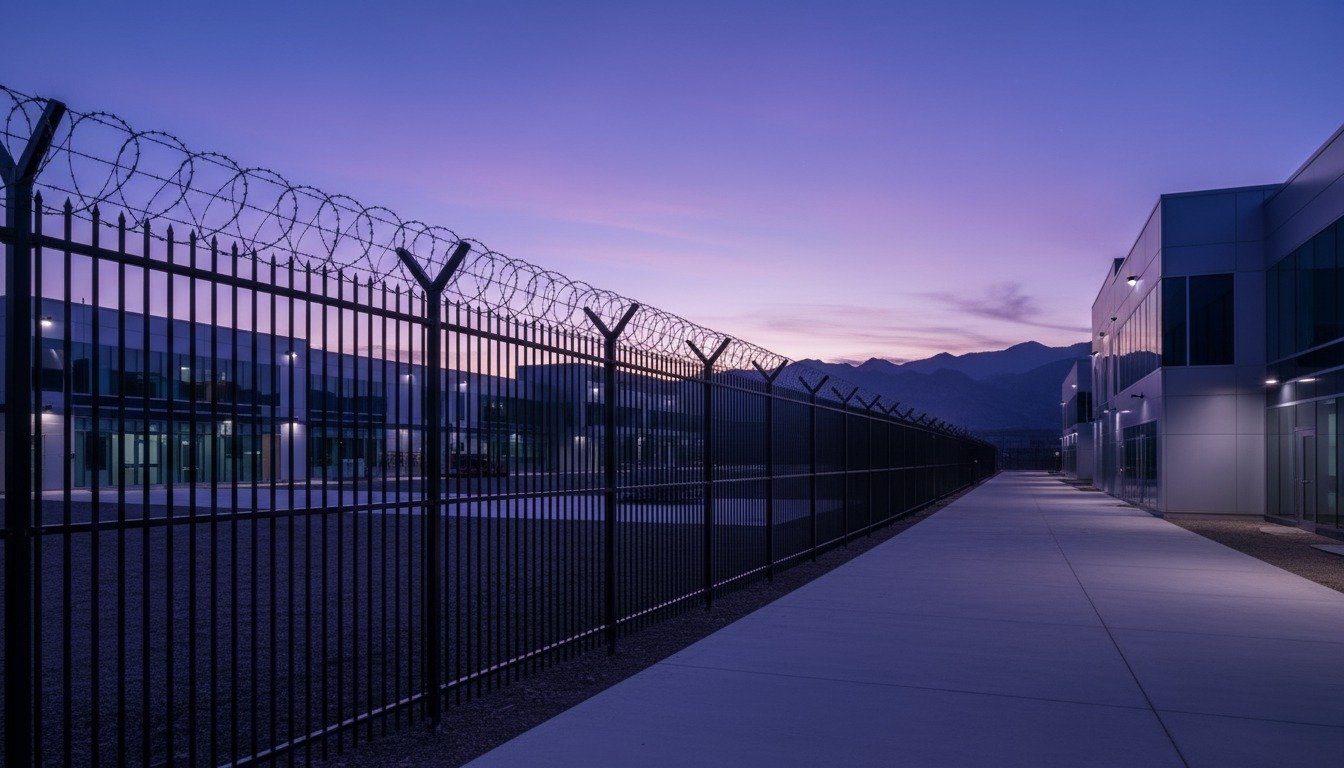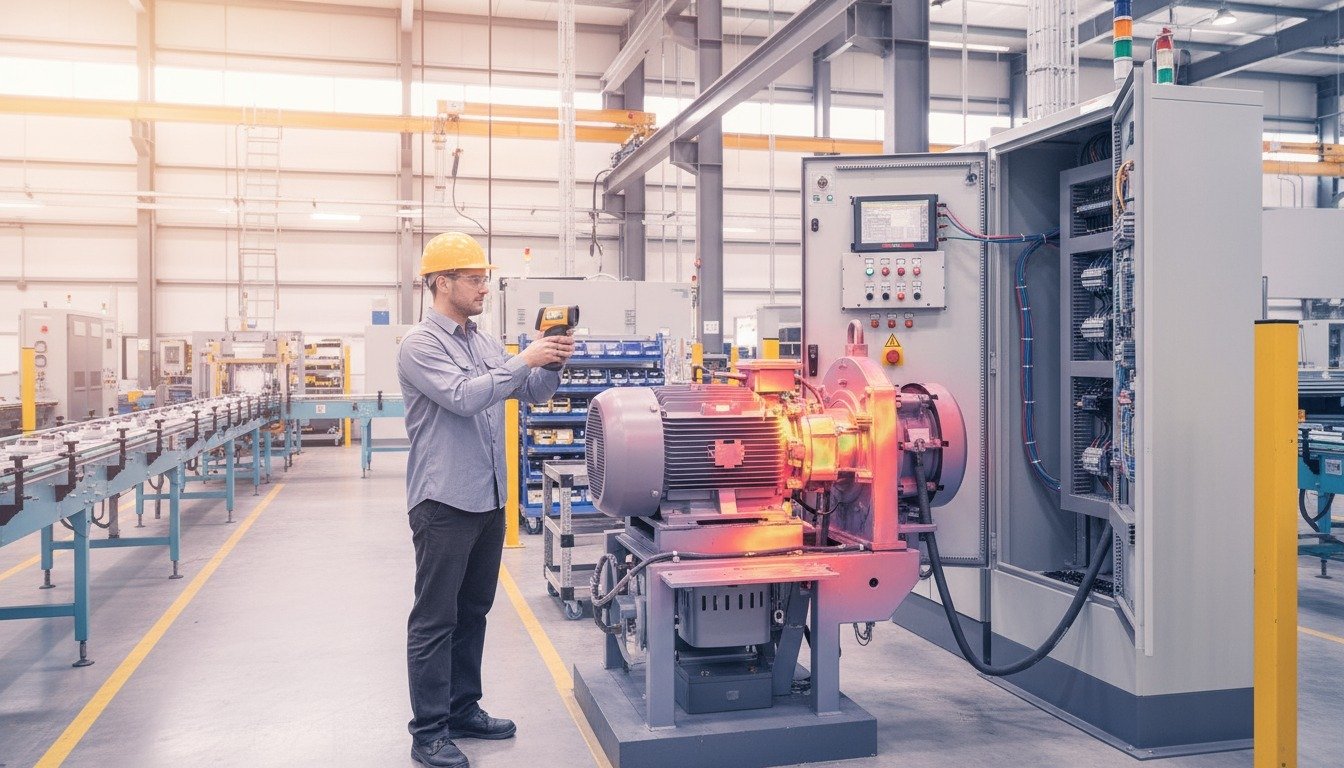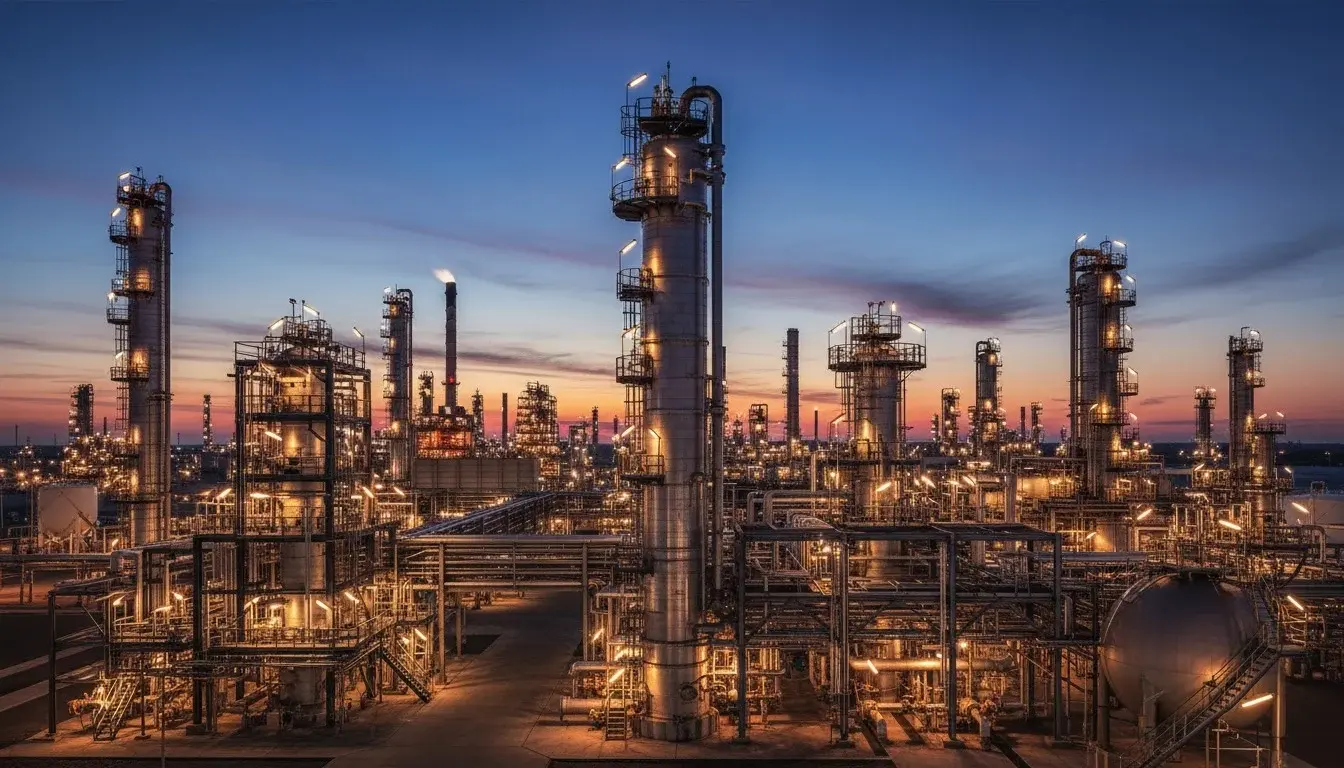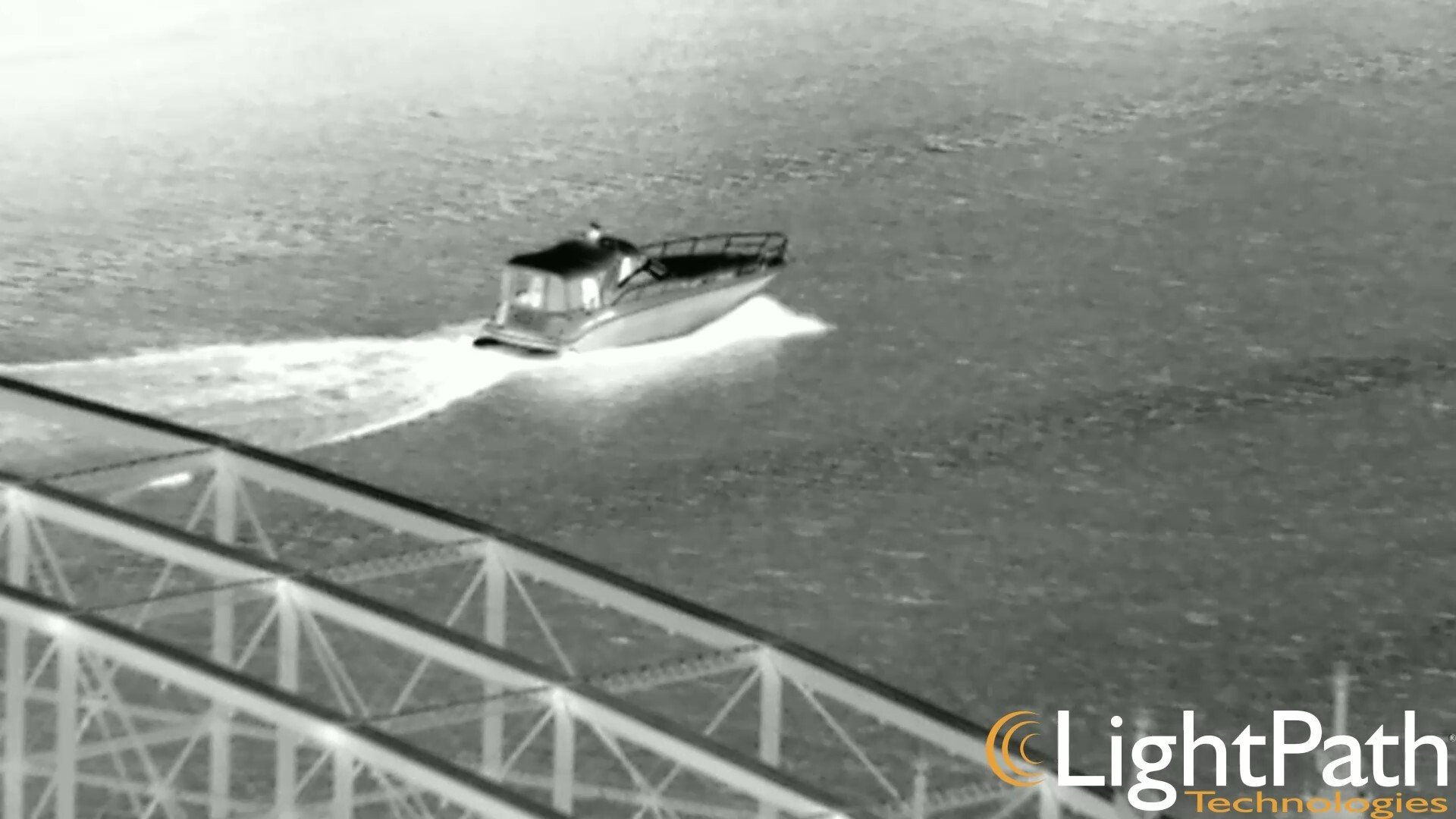IR Camera for Drone Integration: What System Builders Actually Need to Know
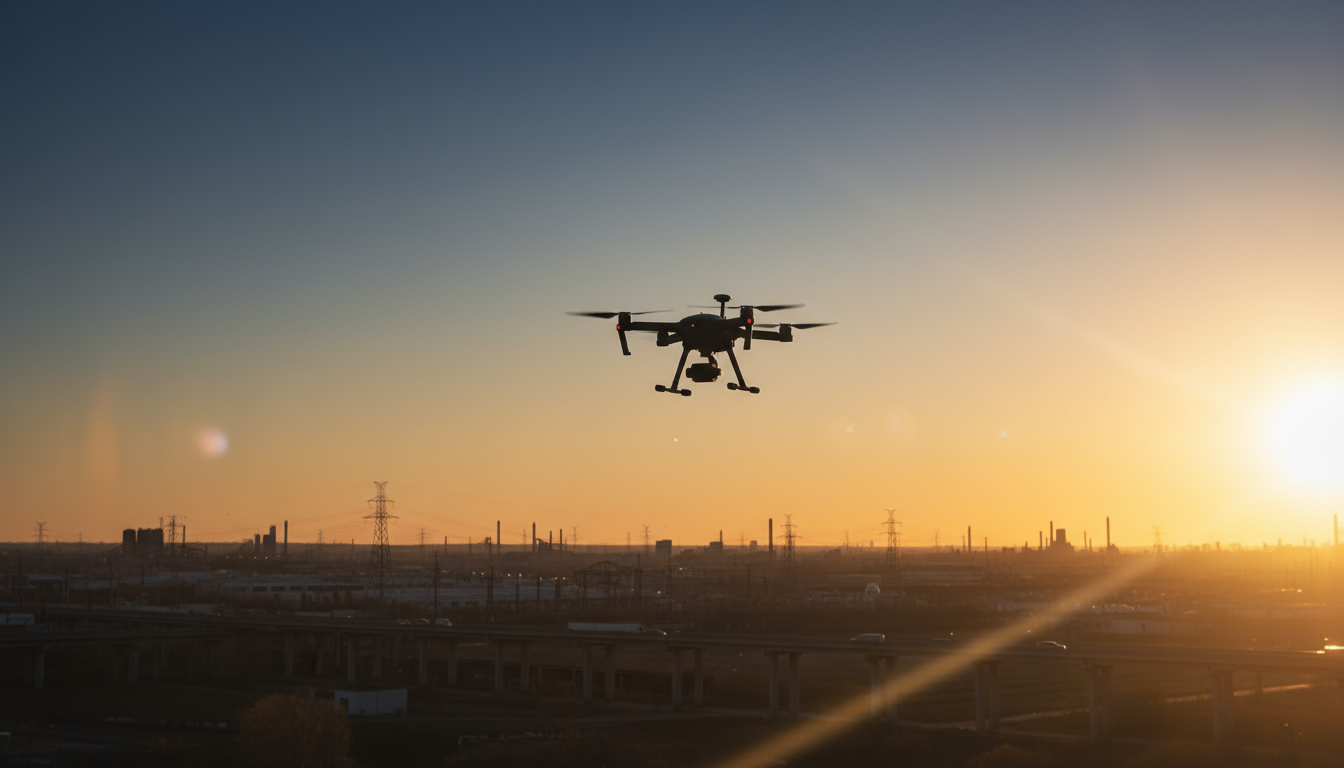
Key Takeaways
Selecting the right IR camera for drone platforms means understanding how optical design, integration constraints, and material innovation impact mission success.
- Performance depends on complete system design: Resolution specifications alone don't determine detection capability—optical design and lens selection matter equally
- SWaP constraints drive real decisions: Size, weight, and power requirements eliminate most high-performance options before specifications are even compared
- Supply chain stability matters as much as performance: Material availability and manufacturing partnerships affect long-term program viability
- Export compliance shapes market access: ITAR and EAR restrictions on thermal capabilities can limit your addressable market more than technical performance
Partner with manufacturers who control the entire thermal imaging value chain, from proprietary materials to complete camera assemblies.
The thermal imaging market is expanding dramatically, growing from $4.54 billion in 2024 to a projected $7.66 billion by 2031. Drone-mounted thermal systems represent one of the fastest-growing segments as defense contractors, industrial equipment manufacturers, and public safety technology providers recognize these systems provide capabilities impossible to achieve through other means.
For program managers and engineering teams developing drone platforms, specifying an IR camera for drone applications involves challenges that extend far beyond comparing spec sheets. Integration failures, supply chain disruptions, and regulatory compliance issues derail programs more frequently than inadequate resolution or sensitivity specifications.
Optical and thermal imaging solutions now require consideration of the complete value chain, from raw materials through final assembly. Programs that succeed typically work with partners capable of engineering integrated solutions rather than assembling components from multiple vendors with competing priorities and incompatible timelines.
What's the Difference Between Thermal and Infrared Cameras for Drones?
Confusion between different infrared technologies creates specification errors that surface late in development. True thermal imaging operates in long-wave infrared (LWIR) at 8-12 micrometers or mid-wave infrared (MWIR) at 3-5 micrometers. These wavelengths detect heat emitted by objects based on temperature, enabling passive detection in complete darkness.
Near-infrared (NIR) systems at 0.7-2.5 micrometers are fundamentally different technologies. NIR cameras detect reflected light, require active illumination, and behave more like visible spectrum cameras. Specifications calling for "infrared cameras" without wavelength clarification can lead to procuring systems that don't meet operational requirements.
This distinction affects export classifications as well. ITAR and EAR treat LWIR and MWIR thermal systems differently from NIR systems. Programs discovering this difference during export licensing face delays or redesigns that could have been avoided through precise initial specifications.
MWIR systems generally offer better atmospheric transmission in humid conditions compared to LWIR, though at significantly higher cost and power consumption. Understanding these trade-offs early prevents programs from overspecifying capabilities they don't operationally require while avoiding underspecification that compromises mission effectiveness.
Does Higher Resolution Always Mean Better Detection for IR Camera Drone Systems?
The relationship between sensor resolution and actual detection capability surprises many program teams. An IR camera for drone applications with 320×240 resolution combined with a 25mm lens can outperform a 640×512 sensor using a 13mm lens for long-range detection tasks. The critical metric is instantaneous field of view (IFOV) per pixel—determined by both sensor resolution and optical design.
This relationship explains why simply comparing pixel counts between competing systems provides incomplete information for program decisions. Two cameras with identical sensor specifications can deliver dramatically different detection ranges based on lens selection, optical coatings, and overall optical system design.
Thermal sensitivity specifications require similar scrutiny. A sensor rated at 30 millikelvins (mK) Noise Equivalent Temperature Difference (NETD) with an F/1.0 lens may deliver 50mK or worse with an F/1.5 lens. Marketing materials cite best-case NETD values, but actual deployed systems often perform differently based on optical constraints driven by size, weight, or cost requirements.
Programs should request complete system NETD specifications including actual lens f-numbers rather than theoretical sensor capabilities. Understanding optical trade-offs between wide field-of-view lenses (maximum coverage area) and narrow field-of-view designs (extended detection range) often matters more than resolution differences. Precision optical components designed specifically for thermal wavelengths make these trade-offs less painful by maximizing transmission efficiency across the entire optical path.
How Weight and Power Requirements Limit IR Camera Drone Options
Size, weight, and power (SWaP) constraints eliminate most IR camera options before performance comparisons begin. Uncooled thermal cameras offer compact, lightweight designs with minimal power consumption, suitable for platforms from small multirotor drones upward. Cooled MWIR systems present fundamentally different integration challenges.
A cooled thermal payload typically weighs 2-6 kilograms and draws 20-50 watts continuously. This isn't just a battery problem—it affects flight time, thermal management, electrical system architecture, and platform stability. For small and medium drone platforms, these constraints immediately eliminate cooled systems regardless of their performance advantages for specific applications.
|
System Type |
Weight Profile |
Power Consumption |
Typical Platform Integration |
|
Uncooled LWIR |
Lightweight, compact design |
Minimal power requirements |
Small to large commercial drones |
|
Cooled MWIR |
Heavy (2-6kg typical) |
High continuous power (20-50W) |
Large enterprise/defense UAVs only |
|
Dual-sensor systems |
Moderate weight penalty |
Moderate power draw |
Medium to large professional platforms |
Data bandwidth requirements scale with resolution in ways that catch programs off guard. Radiometric 640×512 video streams can exceed available downlink capacity unless compressed, forcing trade-offs between frame rate, temperature measurement accuracy, or transmission range. These limitations affect real-time operation for applications requiring continuous monitoring or remote decision-making.
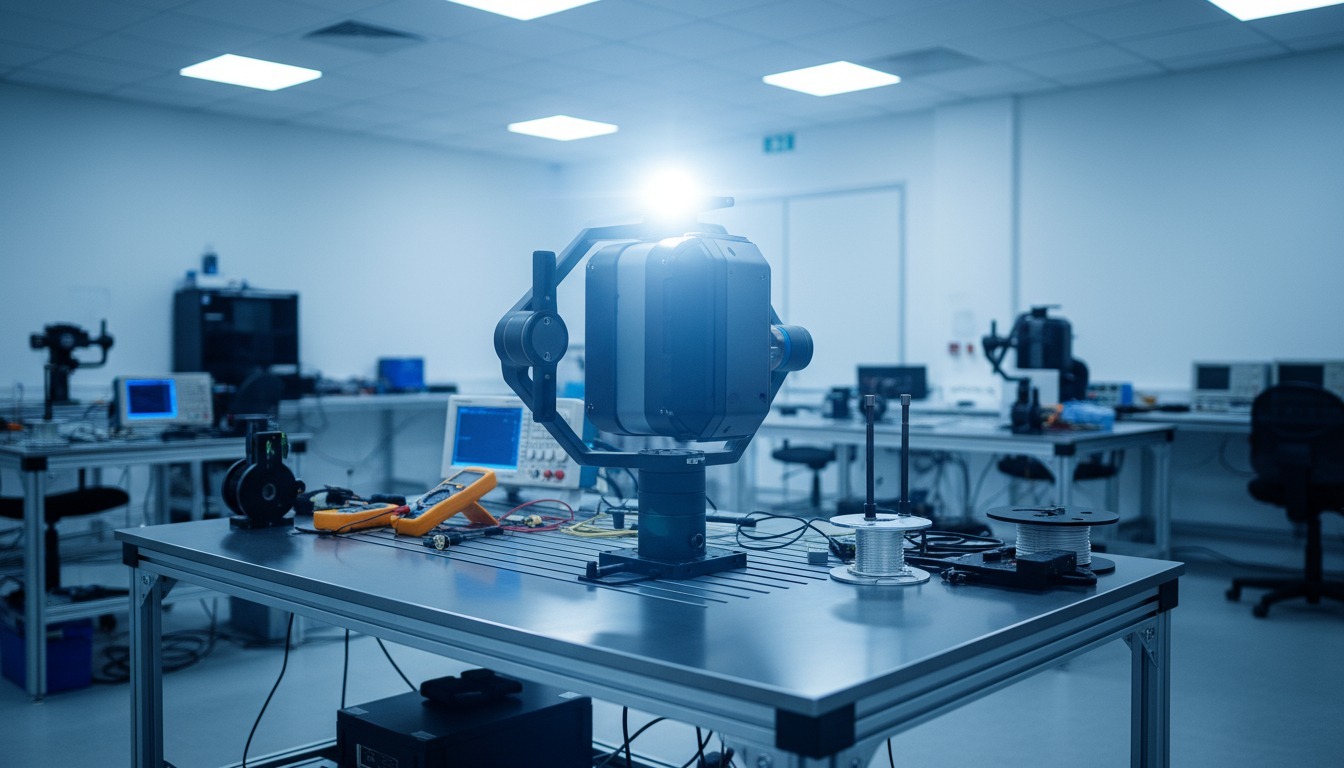
Gimbal requirements must accommodate camera weight while providing the stabilization necessary for effective imaging. Thermal imaging assemblies optimized as complete systems rather than assembled from separate components typically achieve better SWaP characteristics while maintaining or improving optical performance.
Supply Chain Considerations Nobody Discusses
Material availability affects long-term program viability more than most specifications. Traditional thermal optics rely heavily on germanium, which faces supply constraints and price volatility that create program risk. A sensor and lens combination that meets specifications today may become unavailable or economically unfeasible during production scaling.
Proprietary alternatives to germanium-based optics provide supply chain stability while maintaining optical performance. Programs with multi-year production horizons should evaluate whether their optical materials depend on constrained supply chains that could affect production continuity, pricing stability, or export flexibility.
Vertical integration from materials through camera assembly provides advantages beyond component cost. Single-source suppliers controlling the entire value chain deliver more predictable schedules, better quality control, and faster response to engineering change requests. This matters particularly during the transition from development to production when component substitutions or design modifications often become necessary.
Manufacturing location affects both compliance and delivery timelines. North American and European production facilities simplify certain regulatory requirements while providing supply chain resilience that matters increasingly in defense and critical infrastructure applications.
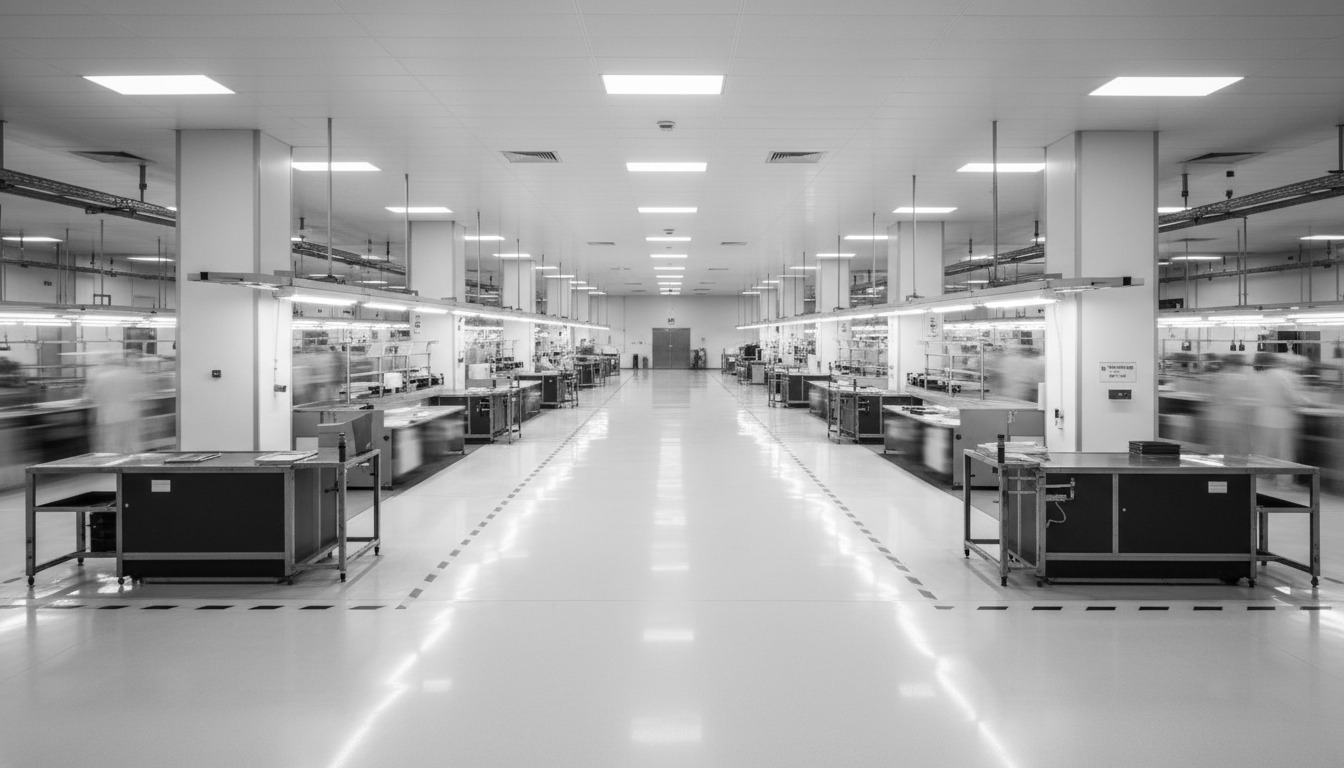
What Export Restrictions Apply to Thermal Camera Drone Systems?
United States export regulations through ITAR and EAR restrict thermal imaging capabilities in ways that affect commercial viability. Any system exceeding 640×512 resolution, operating above 9 Hz frame rate, or achieving NETD below 50mK typically faces export controls. These restrictions affect international sales, development partnerships, and even domestic deployment in certain applications.
For programs targeting international markets or requiring global partnerships, these regulatory constraints must inform initial specifications rather than surfacing during commercialization. A system designed around restricted capabilities may require complete redesign for international deployment, discovering this limitation after development investment represents a costly mistake.
Many organizations overspecify performance without considering whether their actual requirements necessitate controlled capabilities. A search and rescue application may achieve its objectives with a 30 Hz, 320×240 system facing minimal export restrictions, rather than requiring a high-frame-rate 640×512 configuration that complicates international business development.
Frame rate restrictions affect operational capability differently across applications. Security surveillance often benefits from higher frame rates for tracking fast-moving targets, while infrastructure inspection may perform adequately with lower frame rates. Understanding these application-specific requirements prevents unnecessary specification of restricted capabilities.
Application-Driven Decisions
Search and Rescue Operations
Contrary to common assumptions, higher resolution doesn't automatically improve search effectiveness. A 320×240 IR camera for drone platforms with wide field-of-view optics often provides better initial detection by covering larger search areas. Higher resolution becomes valuable for positive identification after detection, suggesting that dual-camera configurations or zoom capabilities matter more than maximum resolution specifications alone.
Flight endurance considerations often favor lighter, lower-power uncooled systems for extended search operations. The ability to search larger areas over longer flight times may provide better mission success rates than shorter flights with maximum image resolution.
Infrastructure Inspection
Most drone thermal cameras provide radiometric capability in still images but not continuous video. This distinction significantly affects industrial inspection applications requiring real-time temperature monitoring or thermal trending. Programs assuming full-motion radiometric capability should verify this with suppliers before committing to system architecture.
Temperature measurement accuracy depends on factors beyond camera specifications: distance to target, atmospheric conditions, proper emissivity correction, and calibration procedures. Infrastructure inspection programs should establish realistic accuracy requirements based on application needs rather than assuming laboratory-grade precision from field-deployed systems.
Surveillance and Security
Wide field-of-view lenses maximize area coverage while inherently reducing detection range. This fundamental optical trade-off requires surveillance programs to prioritize either broad situational awareness or maximum detection distance based on operational requirements. Dual-camera systems address this trade-off at the cost of increased weight, complexity, and system integration challenges.
Real-time transmission capabilities vary significantly between systems. Some cameras compress imagery in ways that compromise radiometric accuracy, while others maintain temperature measurement integrity at the cost of higher bandwidth requirements. Understanding these transmission characteristics matters for operations requiring immediate intelligence versus post-mission analysis.
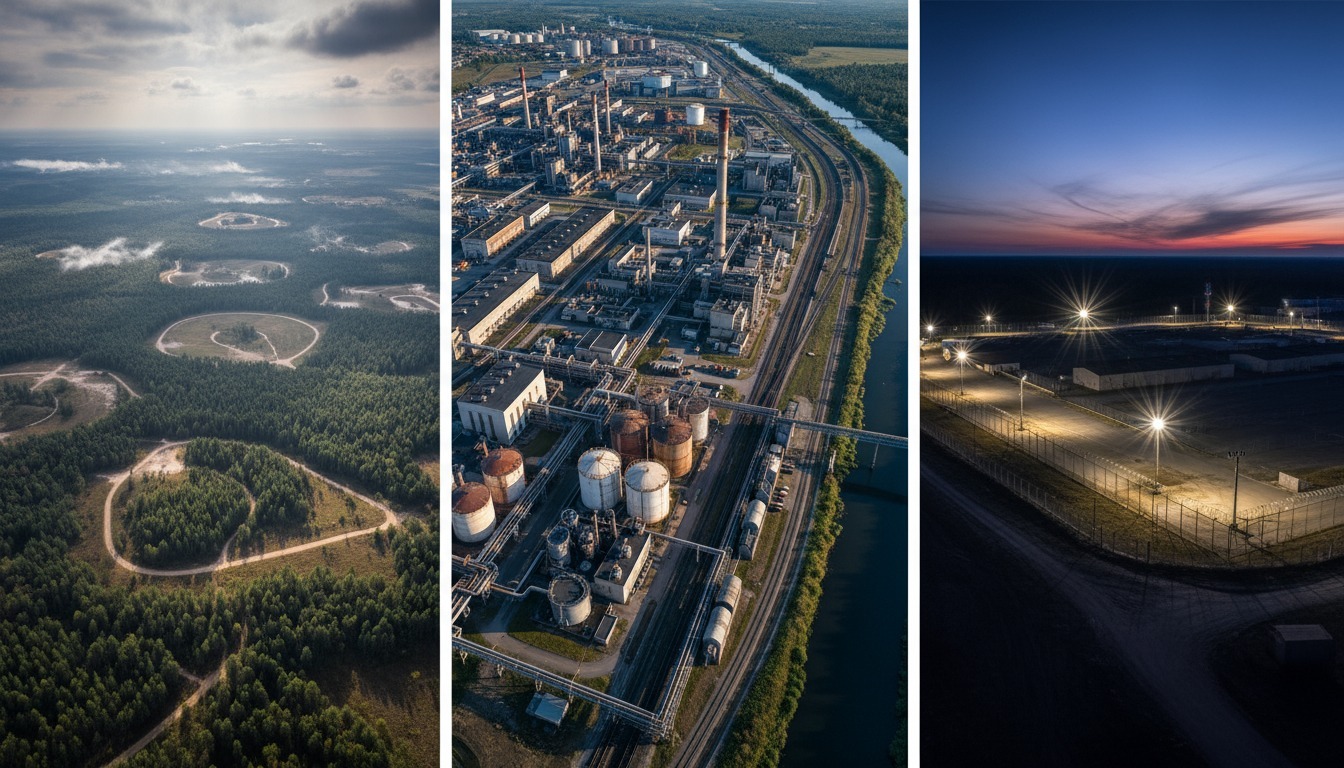
Five Critical Questions Before Finalizing Specifications
- Does your application actually require thermal imaging?
Many nighttime applications perform adequately with starlight cameras or image intensification systems at lower cost and complexity than thermal solutions. Understanding what problem you're truly solving prevents overengineering.
- What supply chain risks does your optical material selection create?
Traditional germanium optics face supply constraints. Alternative materials provide supply stability and cost predictability important for multi-year programs. Material choice affects not just initial cost but production continuity.
- Can your platform actually accommodate the thermal system being considered?
SWaP analysis should happen before detailed performance comparisons. Many apparently attractive camera specifications prove incompatible with platform power budgets or weight constraints.
- What export markets must you access?
Specifications triggering ITAR or EAR restrictions may limit commercial viability without providing operationally necessary performance. Understanding this trade-off early prevents costly redesigns.
- Who controls your entire thermal imaging value chain?
Partners manufacturing only cameras depend on upstream suppliers for critical components, creating schedule and quality risks. Vertically integrated partners control materials, optics, assemblies, and cameras—providing better quality, delivery, and support.
How Much Does an IR Camera for Drone Systems Actually Cost?
Drone-mounted thermal system pricing spans wider ranges than most budgets anticipate. Entry-level 320×240 radiometric cameras cost approximately $3,000-6,000, suitable for basic monitoring applications. Professional 640×512 dual-sensor systems with visible and thermal cameras range from $8,000-15,000, representing the volume market for commercial applications.
High-performance cooled MWIR systems serving defense and advanced industrial applications cost $75,000-250,000 or more. These systems deliver superior sensitivity and range but require platforms and programs aligned with their capabilities and operational costs. Programs sometimes discover these realities after committing to specifications necessitating high-end solutions.
Integration expenses including gimbal selection, electrical modifications, data link upgrades, software development, and testing can equal or exceed camera acquisition costs. Programs should budget for complete system integration rather than treating thermal cameras as plug-and-play components.
Ongoing costs also vary significantly. Cooled systems require periodic cooling system maintenance, while uncooled cameras need less frequent service. Radiometric applications requiring precision temperature measurement need regular calibration, adding operational costs affecting total program economics.
What Performance Factors Do IR Camera Specifications Leave Out?
Frame rate affects more than video quality. Non-uniformity correction (NUC) or shutter events occur periodically to maintain image quality in uncooled thermal cameras. During these brief shuttering periods, imaging capability stops temporarily. For continuous monitoring applications, frequent shutter events cause operators to miss critical moments.
Advanced systems offer shutterless operation using algorithmic correction, eliminating coverage gaps. This capability matters significantly for security surveillance or real-time tracking where brief interruptions compromise effectiveness. Thermal imaging solutions engineered with shutterless operation provide operational advantages specifications alone don't capture.
Weather performance claims often exceed field reality. Thermal cameras operate in complete darkness, but dense fog or heavy rain significantly degrades performance. LWIR systems face particularly strong atmospheric attenuation in these conditions. MWIR sometimes performs better in fog while still experiencing degradation. "All weather" claims oversimplify these environmental limitations that affect operational planning.
Heat shimmer and solar loading create image artifacts affecting performance regardless of sensitivity specifications. On hot days, heated surfaces create atmospheric turbulence degrading image quality independent of camera capabilities. These environmental effects often surprise programs during field testing after specification and design phases.
Building Successful Programs
Drone-based thermal inspection markets continue expanding at 17.8% annually, driven by defense modernization, infrastructure monitoring requirements, and industrial safety applications. Successful programs typically result from matching complete solutions to genuine requirements rather than pursuing maximum individual specifications.
Define requirements operationally first. Specify object sizes you need to detect, at what ranges, under which environmental conditions, with what confidence level. Work backwards from operational requirements to determine necessary sensor and optical combinations. This approach prevents overspecification while ensuring adequate capability.
Consider complete system architecture including platform constraints, power budgets, data handling requirements, and operational environment. An IR camera for drone applications that appears attractive in isolation may prove incompatible with system-level realities. Early integration planning prevents costly redesigns discovered during prototyping or testing.
Evaluate regulatory requirements and export markets before finalizing specifications. Performance capabilities triggering export restrictions may not justify their compliance burden unless operationally essential. Many applications achieve objectives using systems designed specifically to avoid controlled specifications.
Partner with suppliers controlling the entire value chain from proprietary materials through complete assemblies. This vertical integration provides schedule predictability, quality consistency, and engineering support difficult to achieve coordinating multiple component suppliers with competing priorities.
What Makes Thermal Imaging Drone Programs Succeed Long-Term?
Successful thermal drone programs share common characteristics: realistic requirements aligned with mission objectives, early consideration of integration and compliance constraints, appropriate budget allocation for complete systems, and specifications informed by operational needs rather than marketing materials.
They also recognize thermal imaging technology evolves continuously. Capabilities considered exotic five years ago now represent standard features, while new technologies emerge enabling applications previously impractical. Staying current with technology trends helps programs remain competitive while avoiding overinvestment in soon-to-be-superseded capabilities.
For organizations developing drone platforms serving aerospace, defense, and industrial markets requiring mission-critical reliability, choosing partners with deep materials expertise and vertically integrated manufacturing capabilities provides advantages beyond component supply. Engineering support throughout development, application-specific expertise, and stable supply chains often matter as much as individual component specifications.
Frequently Asked Questions
Q: What resolution IR camera for drone platforms do I actually need?
For many applications, 640×512 resolution combined with appropriate optics provides excellent performance without triggering the highest export restrictions. However, detection requirements vary significantly. Applications requiring wide-area surveillance may perform better with 320×240 systems and wide-angle optics, while long-range identification benefits from higher resolution with telephoto optics. The answer depends on your specific detection range requirements, target sizes, and operational priorities.
Q: How significantly does thermal camera weight affect flight time?
Payload weight directly impacts flight endurance, with heavier systems reducing operational time proportionally to platform size and design. Cooled systems weighing several kilograms can reduce flight time by 30-50% compared to lightweight uncooled configurations. Power consumption also affects endurance significantly, particularly for cooled systems drawing 20-50 watts continuously. Platform-specific testing is essential to understand actual performance impact for your particular drone and mission profile.
Q: Why do material choices matter for IR cameras?
Traditional thermal optics rely heavily on germanium, which faces supply constraints and price volatility. This affects not just component cost but production continuity and schedule predictability. Alternative materials like proprietary chalcogenide glasses provide supply chain stability, predictable pricing, and performance characteristics suitable for most applications while reducing dependence on constrained materials.
Q: What export restrictions apply to thermal cameras?
U.S. export regulations through ITAR and EAR control various thermal imaging capabilities, with specific thresholds and combinations of features determining whether a system requires export licenses. Frame rate is a primary consideration for commercial systems, along with factors such as cooling technology, thermal sensitivity, optical design, processing algorithms, and resolution configurations. Because these regulations evolve and specific combinations of features determine export classification, programs should confirm ECCN and ITAR status early in development rather than making assumptions based on individual specifications. International sales, partnerships, and deployment flexibility all depend on proper export classification. Working with experienced suppliers who understand current regulations and can guide compliant system design helps programs avoid discovering compliance issues late in development.
Engineering Solutions That Work
Successful IR camera for drone integration begins with understanding that no single specification serves all applications optimally. The right solution depends on mission requirements, platform constraints, budget realities, regulatory environment, and supply chain considerations extending beyond initial procurement.
Programs investing time in thorough requirements analysis, realistic performance modeling, and early partnership with vertically integrated manufacturers avoid the redesigns and deployment delays that plague projects rushing to maximum specifications without considering system-level implications.
For over 40 years, LightPath Technologies has partnered with aerospace, defense, and industrial leaders developing premium optical and thermal imaging solutions for mission-critical applications. Our vertically integrated approach—from proprietary Black Diamond™ chalcogenide glass through precision optics and complete camera assemblies—ensures every component works together seamlessly.
Whether you're integrating thermal capabilities into a new drone platform or upgrading existing systems, our engineering team provides the expertise to optimize thermal imaging for your specific requirements. We deliver not just components, but complete solutions designed for supply chain stability, regulatory compliance, and long-term program success. Contact our specialists to discuss how we can help you navigate thermal camera integration and build systems that give you a competitive advantage.


